
Turmeric Dyeing
by Amy Lou Stein
SUPPLIES:
Turmeric
Item to dye (I used a silk scarf & cotton tea towel)
Non-reactive pot (stainless, glass or enamel with no rusting)
Gloves (if you like)
Resist (string, wood, rocks, rubber bands etc)
pH neutral soap
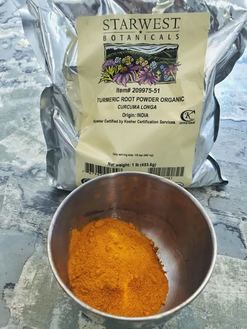
Turmeric is considered a fugitive dye. Fugitive dyes fade over time but can always be re-dyed. It is also very pH sensitive so you should always wash it in PH neutral soap. At home and work I only wash my fibers with pH neutral soap. Most natural dyes need a mordant to bond with fiber (metallic salt like alum) but turmeric will dye fibers with out one.
WEIGH: Weigh your dry fiber to be dyed then weigh out the correct amount of dye to be used. For turmeric the ratio would be 50% the weight of the fabric. If you were dyeing a 100 gram scarf you would use 50 grams of turmeric. Dyes have different ratios to weight of fiber so you should always check
WET: Before you dye your fiber you always want to wet it out by soaking it in a bowl of water. This helps with even distribution of the dyestuff. You also want to help dissolve your turmeric by mixing it up in a cup of water before it enters the dye bath
DYEBATH: Fill your pot with water and stir in the wetted out turmeric. Add your fiber to dye and bring the pot to around 160 degrees then turn the pot off and let your dyestuff steep for 30 minutes to 2 hours…the longer it steeps the deeper the shade. Be sure to keep stirring for even distribution of color
WASH: Once the pot has cooled you can rinse your project in the sink until the water runs clear. Remove the resists (if you used them) and then rinse again using a pH neutral soap.
LOVE AND HAPPINESS: Dry your work out of direct sunlight and enjoy your beautiful and naturally dyed fabric.


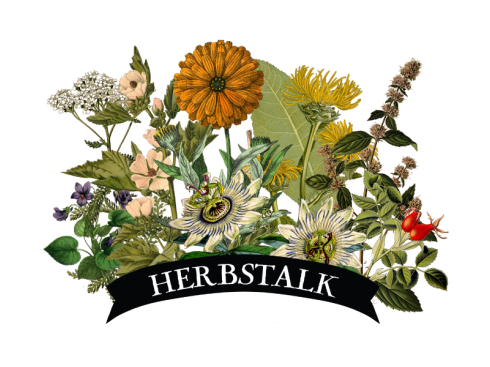
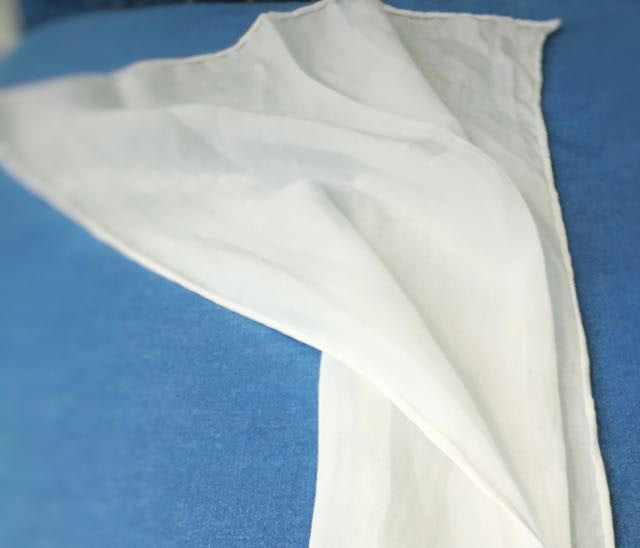
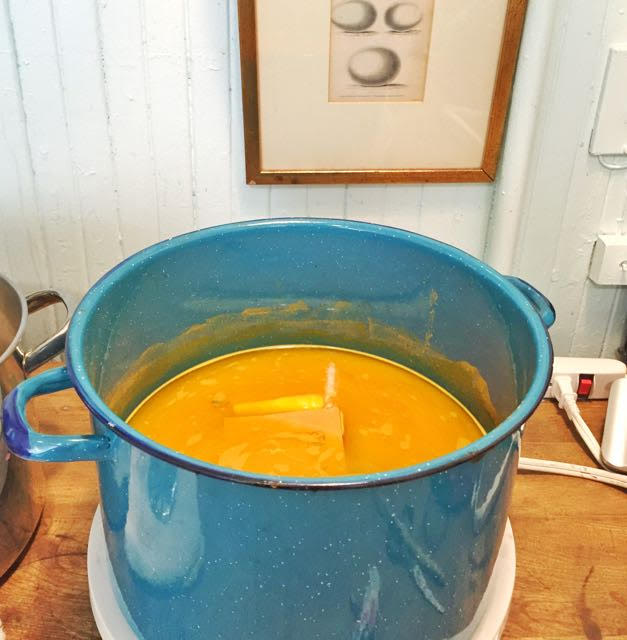
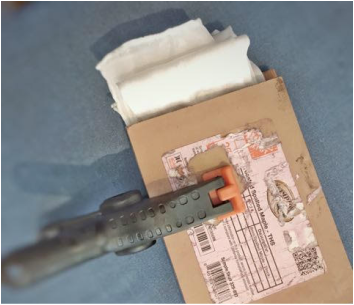
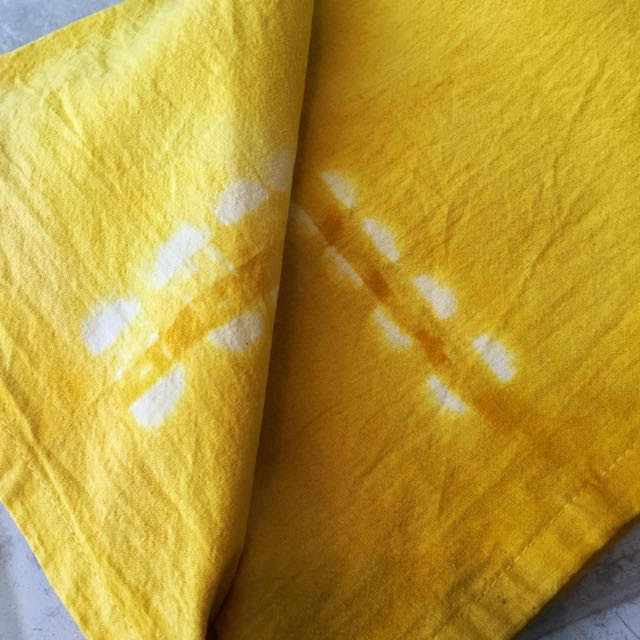
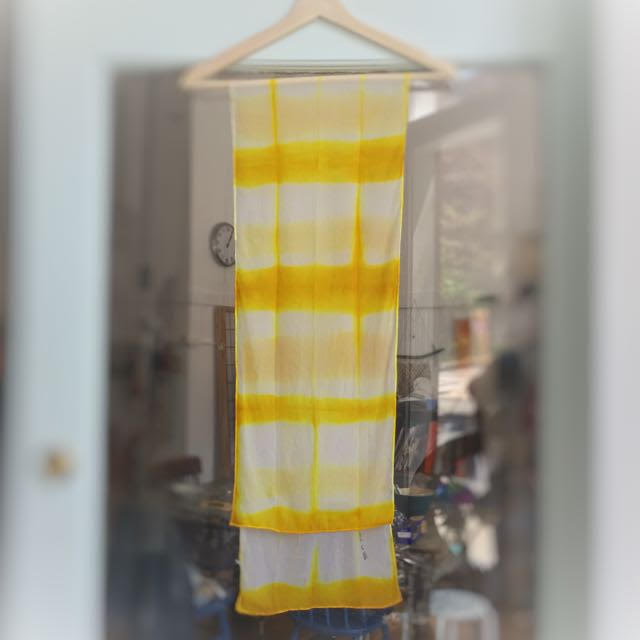
 RSS Feed
RSS Feed